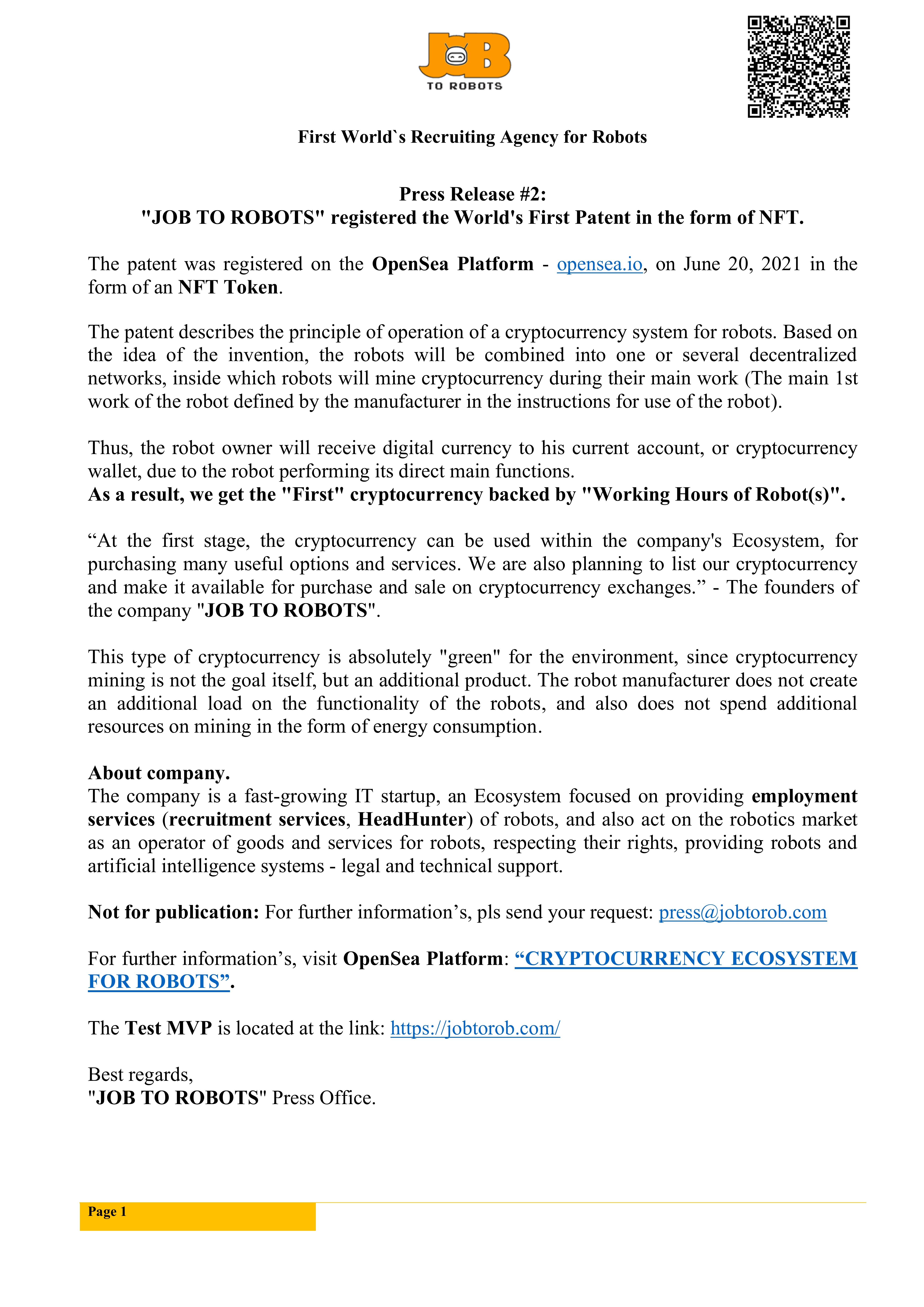The US Army has initiated firing tests for prototypes of its latest military innovation, the Robotic Combat Vehicle (Light) - RCV-L. These tests, conducted at Camp Grayling in Michigan, involved remote control of the robots from MET-D infantry fighting vehicles, modified versions of the M2 Bradley. During the exercises, the robots showcased their capabilities by firing machine guns, grenade launchers, and launching Javelin anti-tank missiles. The primary objective of these tests was to ascertain the optimal distance between operators and the robots.
The RCV-L, based on the Pratt Miller EMAV chassis, represents a significant leap in military technology. This lightweight ground hybrid robot boasts a tracked platform with a hybrid power plant, enabling it to navigate rough terrain at speeds of up to 72 km/h while carrying payloads of up to 3200 kg. Notably, its compact design allows it to be transported via external sling by both CH-47 helicopters and V-22 tiltrotors.
Equipped with state-of-the-art electronics, the RCV-L features a control and computing system, communication systems, and electronic perception and vision modules. Its modular open system architecture (MOSA), compatible with the Pentagon's designated interaction profile (IOP), facilitates the integration of a diverse range of equipment, ensuring adaptability and versatility.
Armed with a Kongsberg CROWS-J remote-controlled combat module, the RCV-L is capable of precise targeting and engagement under operator supervision. Additionally, it carries a HoverFly Tethered Unmanned Aerial System mini-drone, enabling reconnaissance while maintaining cover. Developed by the Ground Vehicle System Center (GVSC), the RCV-L's software enables autonomous movement and obstacle avoidance.
Looking ahead, the US Army plans to expand its robotic capabilities with larger models, including the RCV-M (Medium). Furthermore, the concept of joint combat missions between robots and humans, known as Manned-Unmanned Teaming (MUM-T), is gaining traction. These developments underscore the military's commitment to leveraging cutting-edge technology for enhanced operational efficiency and effectiveness.
With larger-scale exercises slated for 2022 and procurement of additional RCV-L and RCV-M complexes underway, the US Army is poised to usher in a new era of warfare, characterized by seamless integration of manned and unmanned assets. Full deployment of light, medium, and heavy robots is anticipated by 2028, signaling a paradigm shift in modern warfare strategies.


















